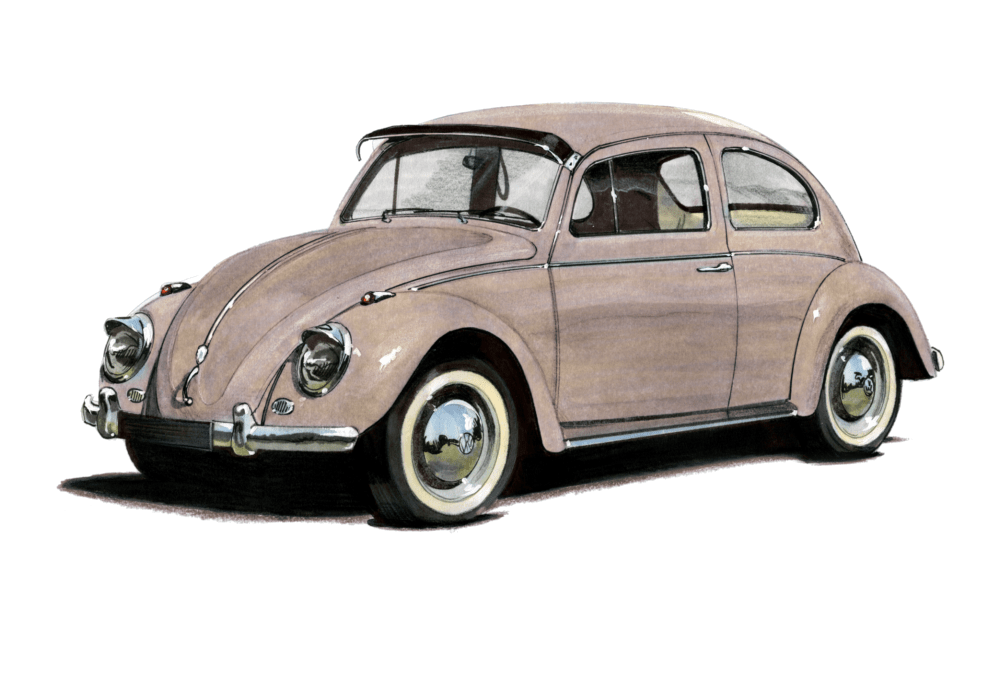
During World War II, several technologies, systems, and facilities played vital roles in the success or failure of various military actions. An unexpected participant in this ensemble of wartime paraphernalia was the iconic Volkswagen Beetle, a symbol of the German people’s car. However, the Beetle’s use was not limited to personal transportation during this tumultuous period. It played a large part in the overall tactics and transport strategies implemented by the German forces during the war.
The conception of the Volkswagen Beetle or “Volkswagen Type 1” came to life in the 1930s under the directive of Adolf Hitler. Tasked with creating a ‘people’s car,’ Ferdinand Porsche—the influential German automotive engineer—developed the prototype of what would become the much-famed “Beetle.” Hitler’s vision aimed to provide an affordable, reliable vehicle for the German masses that could carry two adults and three children at a maximum speed of 100km/h.
The original design of the car automatically lent itself to military utilization. Its simplicity, cost-effectiveness, and durable design made it perfect for troops’ mobilization within and outside the German borders. However, the onset of World War II led to a shift in production from civilian Volkswagen vehicles to military versions. As a result, one of the primary uses of the Beetle during World War II was as a military vehicle—known as “Kübelwagen.”
The Kübelwagen, meaning “tub car,” was designed on the chassis of the Volkswagen Beetle. It was lighter and smaller compared to other vehicles used by the German military, with a rectangular, open-top body, and was employed mostly in a similar fashion to the American Jeep. Due to its lightweight build and high ground clearance, the Kübelwagen demonstrated impressive performance in various terrains. It was extensively used in the North African deserts, the muddy terrains of Russia, and across Europe.
Another military variant of the Beetle was the “Schwimmwagen”, an amphibious vehicle capable of traversing water bodies. It incorporated a boat-like hull and a drivable propeller that provided propulsion in water, helping German forces move seamlessly between aquatic and terrestrial territories.
Despite these military adaptations, it’s important to note that the Volkswagen Beetle itself was not built in large quantities during the war. Majority of the production was focused on manufacturing the military variants. Interestingly, the production facility that churned out these unique vehicles – the Wolfsburg plant – was a strategic target for Allied bombing raids. Yet, due to the plant’s crucial role in the German war effort, it was rebuilt within a few years of the war’s end, ensuring that the Volkswagen Beetle would go on to become a pop-culture icon in the latter half of the 20th Century.
In conclusion, while the Volkswagen Beetle was originally designed as a civilian vehicle, the ambitions of World War II transformed its production and utilization, reinforcing it as a significant player in German combat logistics. Whether in the form of the Kübelwagen or the Schwimmwagen, the Beetle had been instrumental in serving not only the German army’s transportation needs but also left its distinctive tracks on the warfront.